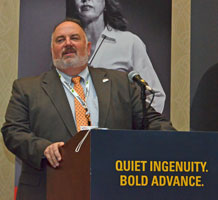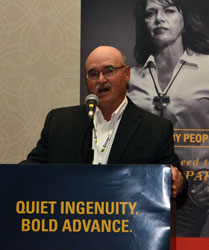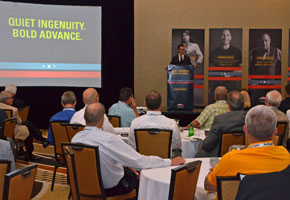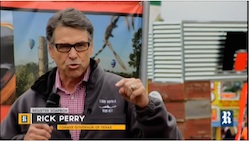Broward County Public Schools (BCPS), located in Ft. Lauderdale, Florida, has seen success since changing its bus fleet to run on propane autogas. Analysis has found that the Student Transportation and Fleet Services Department reduced its annual operating costs more than $600,000. BCPS began using 98 of the propane autogas fueled school buses, made by Blue Bird, in the 2014/15 school year.
“Providing safe and efficient transportation for our students is always our priority,” said Broward County Public Schools Superintendent Robert W. Runcie. “The fuel and maintenance savings from our buses using propane autogas has allowed us to reduce our expenses for transporting students to and from school.”
 The analysis found that the district paid an average of $1.32 per gallon for propane and $2.75 for diesel over the last year. In addition to fuel savings, annual maintenance costs for the alternatively fueled buses amounted to 80 percent less than for their diesel buses.
The analysis found that the district paid an average of $1.32 per gallon for propane and $2.75 for diesel over the last year. In addition to fuel savings, annual maintenance costs for the alternatively fueled buses amounted to 80 percent less than for their diesel buses.
The sixth largest school system in the nation, BCPS operates 1,269 school buses, including the 98 fueled by propane autogas. Each bus travels an average of 16,500 miles per year, transporting approximately 75,000 students. BCPS expects to save more than $74,000 in operating costs over the 12-year lifecycle of each propane autogas bus, which equates to about 38 cents per mile savings.
“After researching the direction of school bus transportation, we decided propane was the best fit and the best use of taxpayer dollars,” said Patricia Snell, director of student transportation and fleet services for BCPS. “We’ve been thrilled with the savings, as well as the performance of the buses.”
BCPS budgeted for a six-month return on investment of the initial propane engine upcharge, but according to the analysis, recouped that cost in three months. The Blue Bird Propane Vision buses had an incremental cost of less than 3 percent more than their diesel counterparts. The school district has ordered 37 additional propane autogas buses for the 2015/16 school year.
 Steve Jobs once said “A lot of times, people don’t know what they want until you show it to them” and American Coalition for Ethanol Senior Vice President Ron Lamberty believes that applies to E15 (15% ethanol blended gasoline) and other higher blends.
Steve Jobs once said “A lot of times, people don’t know what they want until you show it to them” and American Coalition for Ethanol Senior Vice President Ron Lamberty believes that applies to E15 (15% ethanol blended gasoline) and other higher blends.









